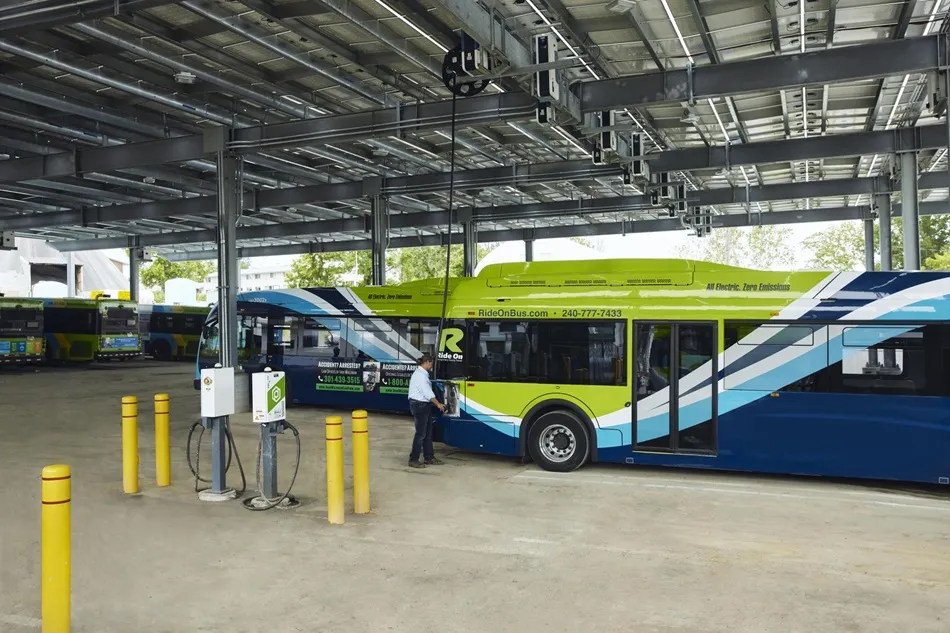TRW Automotive Holdings has unveiled its new 'bag in roof' airbag system which replaces passenger airbags typically mounted in the instrument panel. The company claims the new airbag can help to mitigate passenger injuries and can allow for improved interior design aesthetics, ergonomics and functionality while saving space in the instrument panel. In addition, TRW claims this new design concept enhances development efficiency: by eliminating the need to package a passenger airbag in the instrument panel, t
April 25, 2012
Read time: 2 mins
RSS601 TRW Automotive Holdings has unveiled its new 'bag in roof' airbag system which replaces passenger airbags typically mounted in the instrument panel. The company claims the new airbag can help to mitigate passenger injuries and can allow for improved interior design aesthetics, ergonomics and functionality while saving space in the instrument panel. In addition, TRW claims this new design concept enhances development efficiency: by eliminating the need to package a passenger airbag in the instrument panel, the bag in roof design can significantly reduce the development costs of the dashboard as there is no need to develop a specific 'door' that opens with the airbag deployment. It is also functionally compatible with a wide range of vehicle architectures.
The airbag unit comprises a cushion and a gas generator which supplies the gas to the cushion in the event of an impact. The product offers easy assembly with opportunities for standardisation as some of the components are common to all applications.
TRW has undertaken pre-development work for the bag in roof technology for several years, and over the previous two years in close collaboration with a major European vehicle manufacturer, resulting in the award of a significant production contract.
The airbag unit comprises a cushion and a gas generator which supplies the gas to the cushion in the event of an impact. The product offers easy assembly with opportunities for standardisation as some of the components are common to all applications.
TRW has undertaken pre-development work for the bag in roof technology for several years, and over the previous two years in close collaboration with a major European vehicle manufacturer, resulting in the award of a significant production contract.










